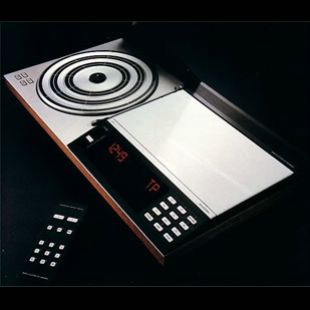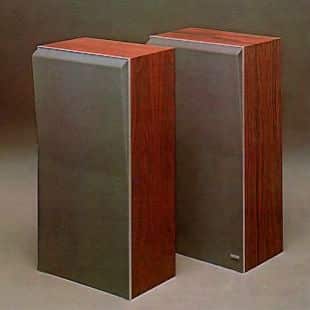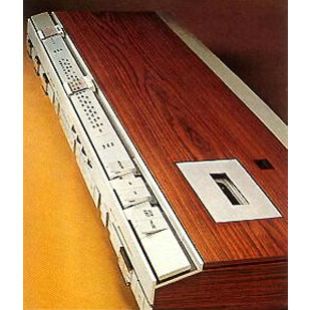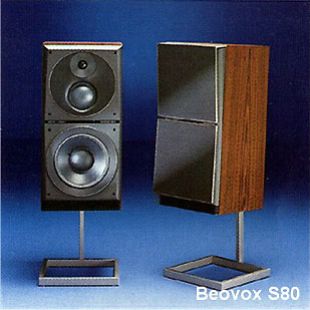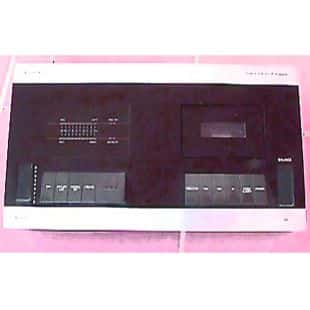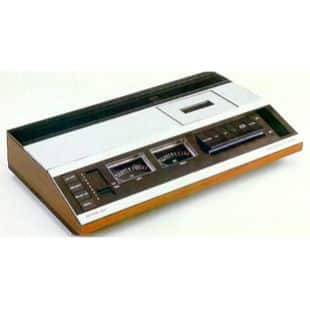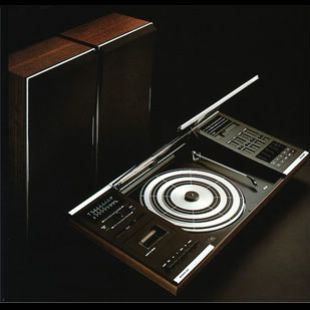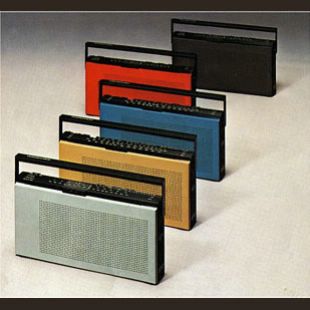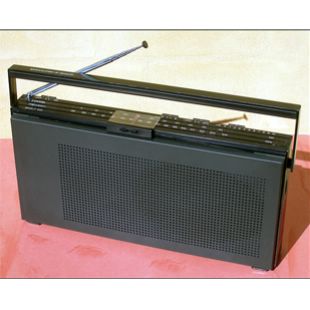BeoCenter 7000
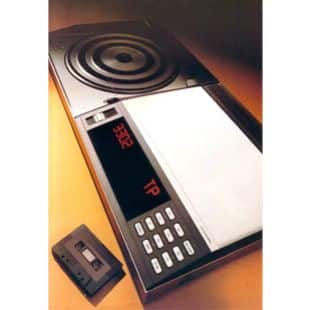
Beocenter 7000 upon its release, represented one of the most advanced hi-fi centres on the market. One touch produced instant music from a record, cassette tape or an FM or AM radio station. Illuminated symbols on the set’s communication panel confirmed instructions or rejected mistakes and kept you informed on the set’s operational status at all times.
in short, Beocenter 7000 offered two-way visual communication in high-fidelity.
The cordless remote control module put you in command of most of the functions from anywhere in the room. You could select any programme which would also switch on the set. You could regulate the volume – 2 x 40 watts RMS – make cassette recordings, and switch off the set. Comprehensive memory and timer facilities enabled you to program the set’s microcomputer to operate within a 24-hour period. It could record an important radio programme while you were out, and even instruct the Beocenter to wake you up with an early morning broadcast.
Each of Beocenter 7000’s three sound sources had the quality and performance level normally found in much more expensive separate units. The record deck had Electronic Servo Drive for absolute speed accuracy and its operation was fully automated. Stop, start or pause could be controlled via the remote control terminal. The cassette recorder had a Sendust record/replay head and a double-gap erase head that could even cope with metal tapes. You could locate any point on the tape simply by asking the set’s microcomputer to search for this required counter reading. The radio had facilities for pre-setting 5 FM and 1 AM stations which could then be selected instantly at the touch of a button.
Beocenter 7000 was designed by Jacob Jensen. In 1979 three more of the designer’s creations for Bang & Olufsen were included in the Design Collection of the Museum of Modern Art in New York including the Beocenter 7000 music system.

